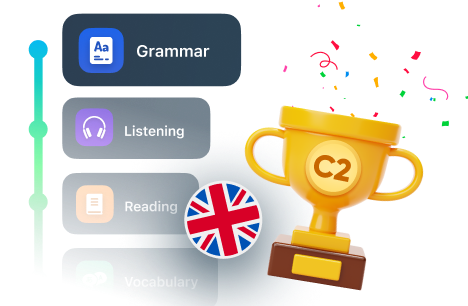
How to Write a Formal Email And Get to the Point
Think about several of the emails or messages you have read on occasion. Which ones show a sense of confidence? What exactly gives you that impression?

Get a FREE guide!
Want to sound like a native English speaker?
Get our free PDF with top tips that work.

Check your email!
Do you write too much or give very long and detailed information in messages or e-mails? What about if, on top of that, you must write in another language?
When was the last time someone asked you, “May I take a few minutes of your time?”. You may have granted them this time out of courtesy. However, by acquiescing easily, what does it say about the value you place on your time? Did you suggest that your minutes were of less value than other things you could have been doing at the time? As the events that consume your time pile up throughout the day, emails and casual office conversations may come to mind, and a great deal of time will have been consumed before the day is over. Usually, this calculation simply has no consideration in our minds.
Messages: Keep them short
Emails, text messages, and even recorded greetings on your voicemail can reveal, in some ways, necessity. A typical message is: “Hello, this is the voicemailbox of John Smith. Please leave your message after the beep.” There is no need to greet the caller with detailed information about his title or his schedule for the day or week. Messages like these reveal the need to make sure the caller knows how busy you are, how important and competent you are, and how fortunate you would be if you managed to schedule a conversation with you. All of this is counterproductive.
Think about several of the emails or messages you have read on occasion. Which ones show a sense of confidence? What exactly gives you that impression?
The unwritten messages in our written messages
There is a subconscious message when we send critical information or information overload before we have a meeting. This communicates: “I am desperate for this meeting,” “I am sending this in case we don’t get a chance to meet this week,” “I am in a hurry for you to receive this.” Make sure you are writing exactly what you want them to read and understand. Writing notes or emails in another language is not always an easy task. You must review and correct the text until you are positively sure you have delivered the right message with the right tone.
Let’s consider the importance of email communication and the roles it plays in negotiation. There are typically two types of emails we support and coach at Camp Systems on a regular basis: a basic or general template, which can be used the majority of the time, and emails designed to drive the other party to a “No.” NO is the most powerful word in any language. Embrace it!
Type 1—The basic email template rules to follow
We believe the following sequence is responsible for driving the most effective communication, and it works for every culture and language:
1. When possible, try to limit the communication to five sentences or fewer.
2. Start with small pleasantries and provide context as to the purpose of this communication or why this email is important. You may also think about describing what it is you are trying to provide the receiving party that is in their world and to their benefit.
3. Next, describe the challenges or the opportunity you would like them to see.
4. State clearly the decision or ask what you want them to consider.
5. End with an interrogative question beginning with (what, how, when, where, which, who, and on very rare occasions, why).
6. After writing your email, consider removing anything that you may have written that makes you feel good about yourself or your company (this may resemble selling points or explanations that may only distract the other party).
Type 2—Email templates: general
Why is this template effective?
1. You de-risk the chance of the reader becoming distracted.
2. You reduce the amount of time required to read and digest the email.
3. You make it clear what you are asking for.
4. You invite the other party to share their vision with an open-ended question, as opposed to a statement or verb-led question, which could have restricted answers of “yes,” “no,” or “maybe.”
Type 3—Email templates: drive to NO
Driving to a “No” Template and Rules of Camp Negotiation Systems believes the following sequence is the most effective when people go dark, avoid communication, or are playing tactical games for the purpose of delaying any kind of direction or decision:
1. Provide context and state the problem associated with why this email was written.
2. Ask a verb-led question that is aimed at leading the other party to a “No.”
Why this template is effective:
1. People feel safe saying “No.”
2. If the recipient’s answer in their own mind is “No,” they typically respond quickly to be sure they correct your assumptions/expectations.
Examples:
Dear Samantha,
I have not heard back from you regarding our most recent proposal. Because timing is important for you and your team, I would respectfully like to ask for clarity. Should we assume you have decided to pass?
Dear John,
I did not receive confirmation or changes to the proposed agenda items we sent for our meeting tomorrow. Am I correct in assuming you do not wish to add anything?
The shorter and more prepared our messages are, the better effect they will have on the reader.


















